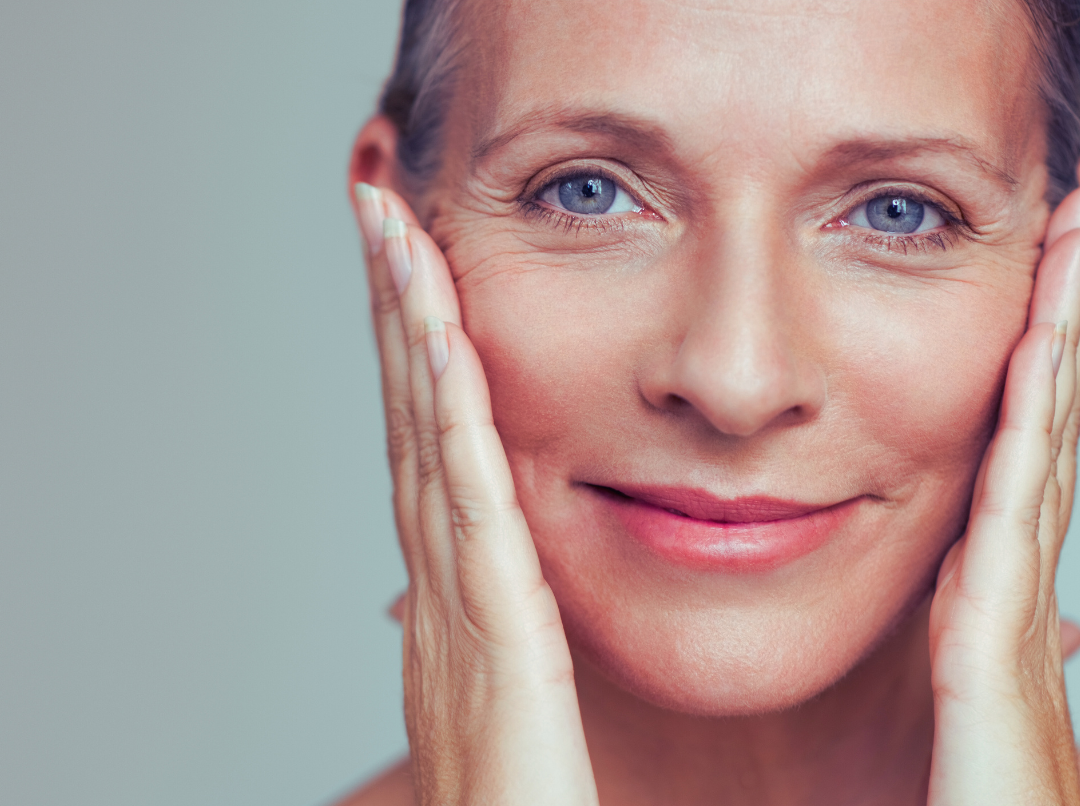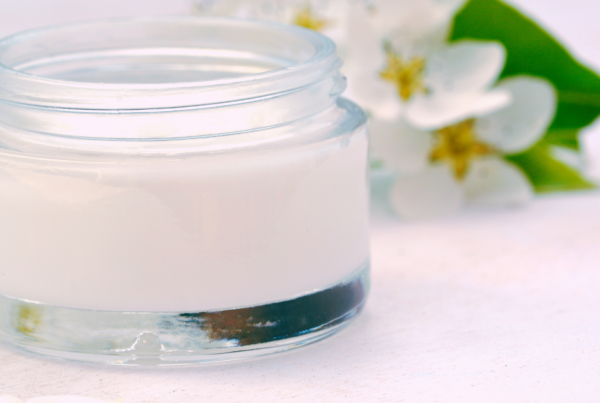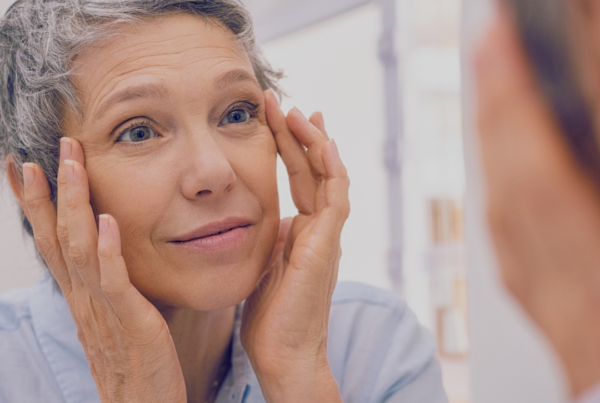Confused about which moisturiser to use?
As we move through midlife, our skin begins to reflect the changes happening within our bodies. Hormonal shifts, natural ageing, and years of sun exposure all contribute to drier, more delicate skin. Collagen production slows down, cell turnover becomes less efficient, and the skin’s barrier becomes more fragile. All of this means that a good moisturiser becomes not just helpful—but essential.
Choosing the right moisturiser starts with understanding what your skin needs, and how different ingredients and formulations work.
What does a moisturiser actually do?
Moisturisers aren’t just about feeling nice on the skin—they’re designed to hydrate, protect, and repair. Most contain a combination of three key types of ingredients:
Occlusives
These ingredients form a physical barrier on the skin, preventing water loss. They’re ideal for dry or dehydrated skin, especially in winter or low-humidity environments.
Examples: petrolatum, beeswax, lanolin.
Emollients
Emollients smooth and soften the skin by filling in the spaces between skin cells. They’re great for improving texture and soothing irritation.
Examples: shea butter, squalane, ceramides.
Humectants
These draw moisture into the skin from the environment or deeper layers of skin, giving a plumper, more hydrated appearance.
Examples: hyaluronic acid, glycerin, aloe vera.
Most moisturisers will include a blend of these, but some are more targeted—so it helps to know what you’re looking for.
What does midlife skin need?
Midlife skin often needs a bit more support, especially if you’re using “actives” like retinoids, azelaic acid, niacinamide or Vitamin E, which can be drying. To maintain hydration and reduce sensitivity, look for moisturisers that:
-
Reinforce the skin barrier – ceramides, fatty acids, cholesterol
-
Hydrate deeply – hyaluronic acid, glycerin, aloe vera
-
Soothe and nourish – shea butter, squalane, oat extract
If your skin is suddenly more reactive than it used to be, it’s worth choosing fragrance-free, non-comedogenic formulations to avoid irritation.
What is “slugging’?
Slugging is a skincare trend that involves applying a thick occlusive (usually petroleum jelly or a balm) over your evening skincare routine to seal in moisture overnight.
It’s especially beneficial for:
-
Dry or mature skin
-
Barrier repair
-
Cold or dry weather
It helps prevent transepidermal water loss and allows your active ingredients to work more effectively. However, if you have acne-prone or very oily skin, slugging may be too heavy and could clog pores. Always patch-test first.
Choosing the right moisturiser
-
Dry or sensitive skin – Look for richer creams or balms with ceramides, fatty acids, or occlusive ingredients.
-
Oily or combination skin – Opt for lightweight gel moisturisers with humectants like hyaluronic acid or aloe.
-
For daytime – Choose a lighter formula with added SPF to protect against UV damage.
-
For nighttime – Consider a richer cream with restorative ingredients like peptides, niacinamide, or retinol (if your skin tolerates it).
Skincare in midlife isn’t about chasing perfection—it’s about responding to your skin’s changing needs with care and consistency. Whether you’re exploring new moisturiser ingredients or trying techniques like slugging, the key is listening to your skin and adjusting as needed.
Give your skin the support it deserves. It’s done a lot for you—and it’s never too late to return the favour.
This information is for general educational purposes only and does not constitute medical advice. Please see your health professional for advice that is personalised to you.
Key Take Aways
Menopause, ageing and sun each impact skin health and quality
Moisturisers include emollients, humectants and occlusives and each has a role to play in caring for your skin.
Slugging is a simple, occlusive overnight treatment for additional moisturising.






